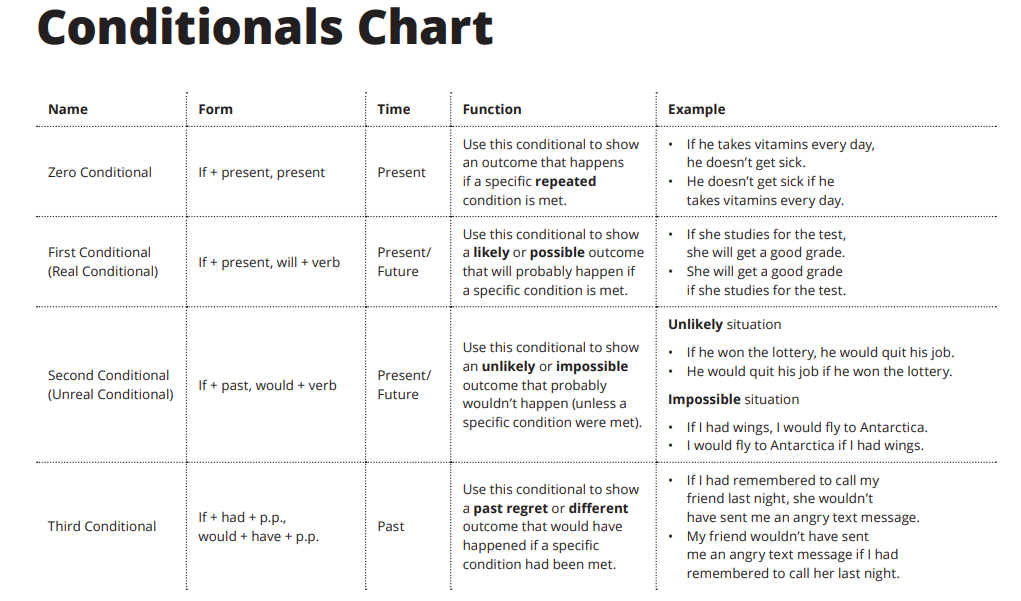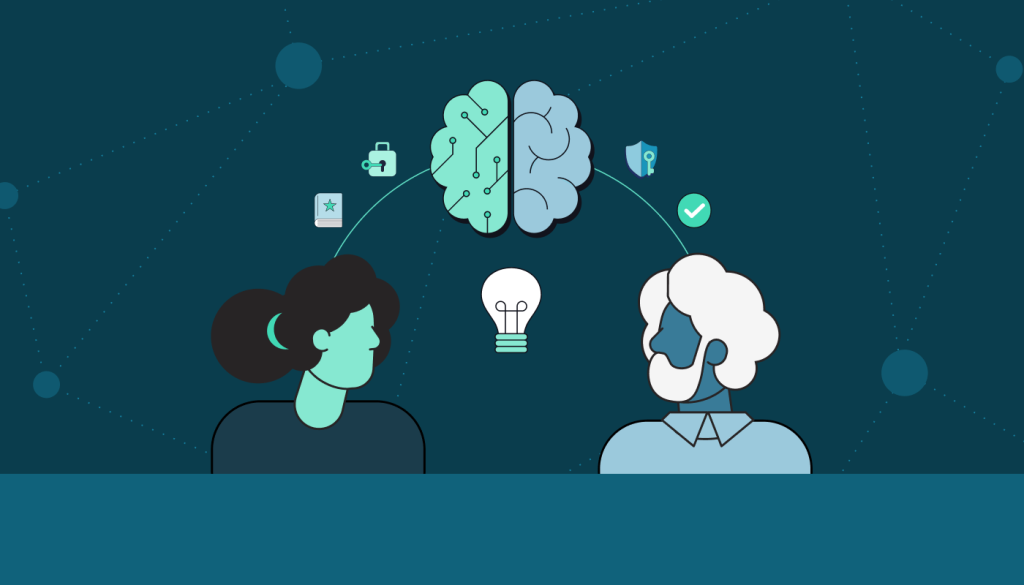Is AI in the workplace really a good idea?
Please share my lesson using your social media platforms. Use the links above.

Student FREE Bookstore (CLICK HERE)
https://www.fiverr.com/s/YDrPkl
INTRODUCTION:
In just under six months, generative AI has gone from a novelty to a workplace staple. In fact, a recent survey of US workers showed that 70% of people are using generative AI tools like ChatGPT at work. Whether or not organizations are ready for generative AI, it’s already here.
With so much momentum behind this emerging technology, how can organizations get a handle on it to not only mitigate risks but also to drive strategic value across the organization? During a recent Grammarly Business webinar, Amit Sivan, Grammarly Business head of product, and Timo Mertens, Grammarly head of ML and NLP products, delved into this topic. They provided a practical approach for organizations to harness generative AI in a way that moves their business into a higher state of operations.
QUESTION:
- What does “ has gone from a novelty to a workplace staple” mean?
WRITING:
- Write a simple sentence using “has gone from a novelty to a workplace staple”
SECTION ONE:
Generative AI helps individuals go from zero to one by doing work alongside them, catalyzing new ideas, creating content from scratch, and refining messaging to make it more effective. It offers exciting potential for businesses to improve individual productivity, strengthen decision-making, increase innovation, and enhance customer experiences.
But AI and generative AI don’t inherently deliver the above-mentioned benefits. In fact, when mismanaged, generative AI can create the opposite effects: slowed productivity, stunted creativity, and stalled progress. Mertens and Sivan addressed four pitfalls that can cause organizations to fall behind and shared solutions to avoid them.
QUESTIONS:
- What does “from scratch” mean?
- What does “inherently” mean?
- What does “stunted” mean?
- What does “stalled” mean?
- What are “pitfalls”?
SECTION TWO:
Large language models have become extremely powerful. While on the surface, it may appear as if the model always completes a task correctly, it’s common for models to generate false responses or “hallucinations.”
QUESTIONS:
- Write a simple sentence using the word “hallucinations”
One of the primary reasons that hallucinations happen in business applications is that the model doesn’t understand organizational knowledge and context. Large language models are trained on texts found on the internet but not on texts in your company’s internal systems. “It knows what China’s GDP is, for example, but won’t be able to give you an answer as to what your Q3 revenue projections are,” Mertens said.
QUESTIONS:
- What does “GDP” mean?
- Research on Google.com in English asking the question “What was China’s GDP for 2021?
- What do “Q3” and “revenue” mean?
GRAMMAR SECTION: The Third Conditional Review

WRITING:
- Using the third conditional write a simple sentence that includes the term “artificial Intelligence”
When employees use generative AI solutions in an uncontrolled way, they will either waste a lot of time correcting hallucinations or, worse, blindly using the output of the model. In this scenario, AI becomes an unreliable crutch for employees. Rather than augmenting them with the information they need and helping them to craft a message, the tool replaces them, often with poor results.
QUESTIONS:
- What does the word “blindly” mean in this context?
- What is a “crutch”?
- What is “augmenting”?
- What does it mean “to craft”?
Organizations should focus on solutions that are able to integrate with the knowledge management systems of the business and can learn how employees behave based on situational and personal contexts while still maintaining privacy and security standards.
WRITING:
- Write two simple sentences using the words “focus” and “still”
LISTENING SECTION:
Watch the video below and answer the questions.
QUESTIONS:
-
-
-
- Name three things a human can do but AI can’t do.
- What is a human brain? Explain.
- Remembering what you had for dinner last night in AI is called “recurrent nueral networks” explain as a human in detail what you had for dinner last night.
-
-
SECTION TWO:
Many generative AI solutions only work in one application. For example, an intelligent document editor helps with writing documents, but it doesn’t help you to then craft an impactful email. Or a smart meeting assistant can summarize meeting notes, but it can’t update your team in a Slack channel.
QUESTIONS:
- Research on Google.com in English what a “slack channel” in?
WRITING:
- Using any perfect progressive tense, write a 100-word summary of what you understand AI is.
STUDENT ASSISTANCE:
Below is an Amazon.com link to a useful student learning diary. https://www.amazon.com/dp/B0C6W8B647


